|
 |
Ammonia and CO2 Refrigeration
Technologies
International Conference
- Ohrid 2017 - |
|
Keynote Speakers
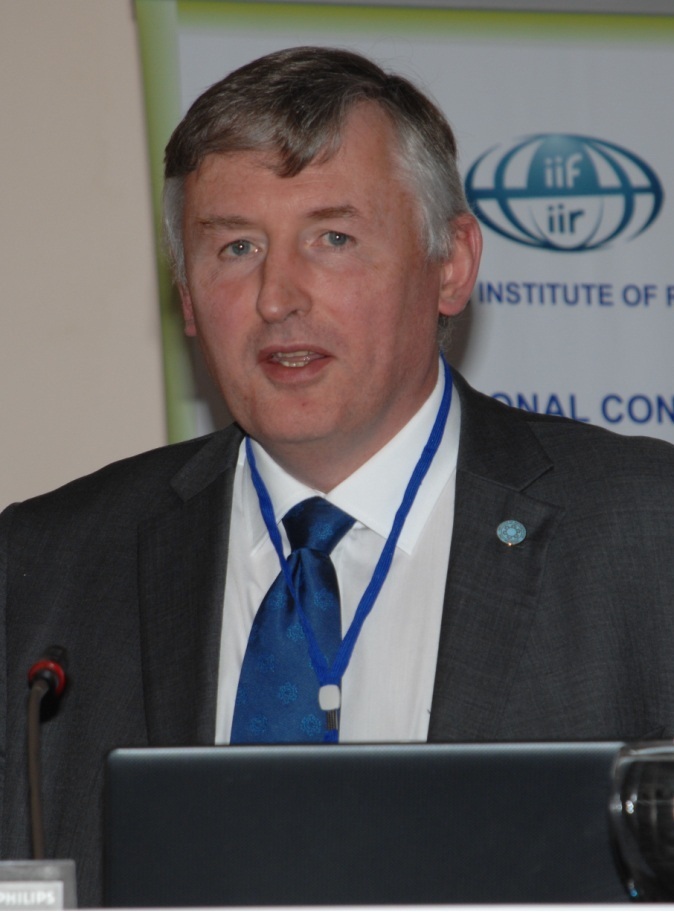 |
Dr
Andy Pearson, UK,
President of Scientific Committee
Former President of IoR UK,
Member of IIR Commission E1
"Mega-trends
in
industrial refrigeration" |
 |
Dr Predrag Hrnjak,
USA,
University of Illinois
Member of IIR Commission E2,
Former member of IIAR Board of Directors
"Efficient
very low
charged ammonia
refrigerating systems" |
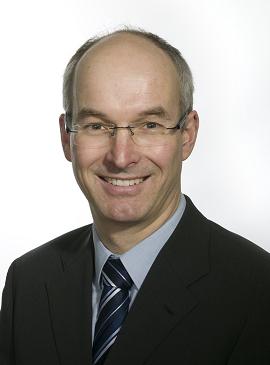 |
Dr Armin Hafner,
Norway,
University NTNU
Professor
"Integrated CO2 system
for refrigeration, air
onditioning and sanitary
hot water" |
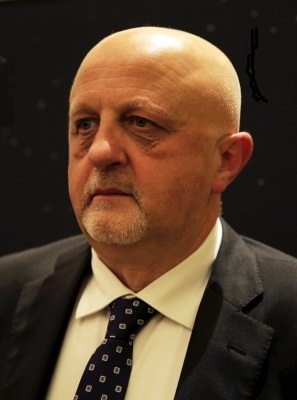 |
Sergio Girotto, Italy,
Enex srl
Chief Executive
"Improved transcritical
CO2
refrigeration systems for
warm climate" |
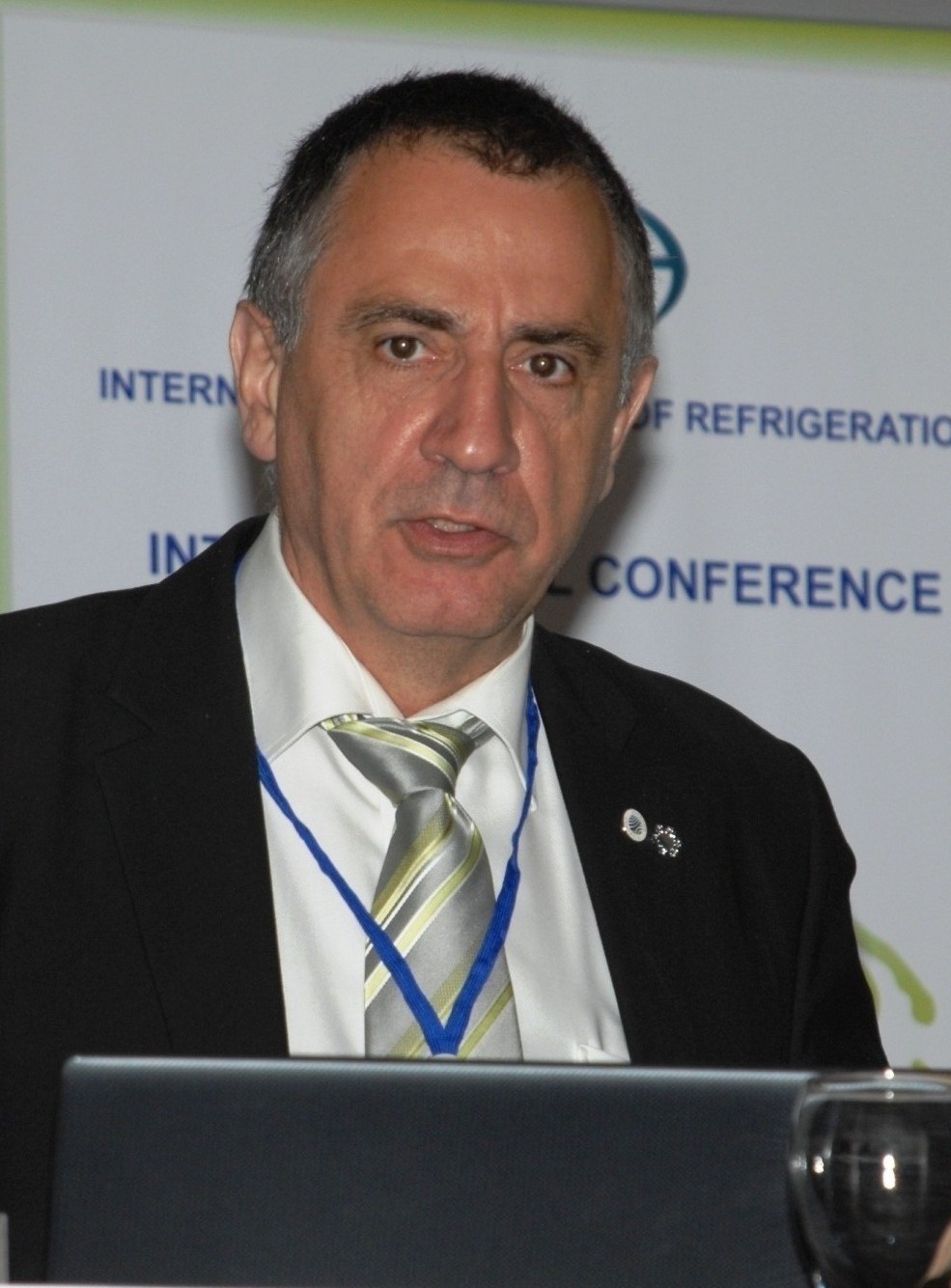 |
Alexander Pachai,
Denmark
JCI - Sabroe Factory
Member UNEP RTOC
Committee
"Freezing systems for
high ambient temperatures" |
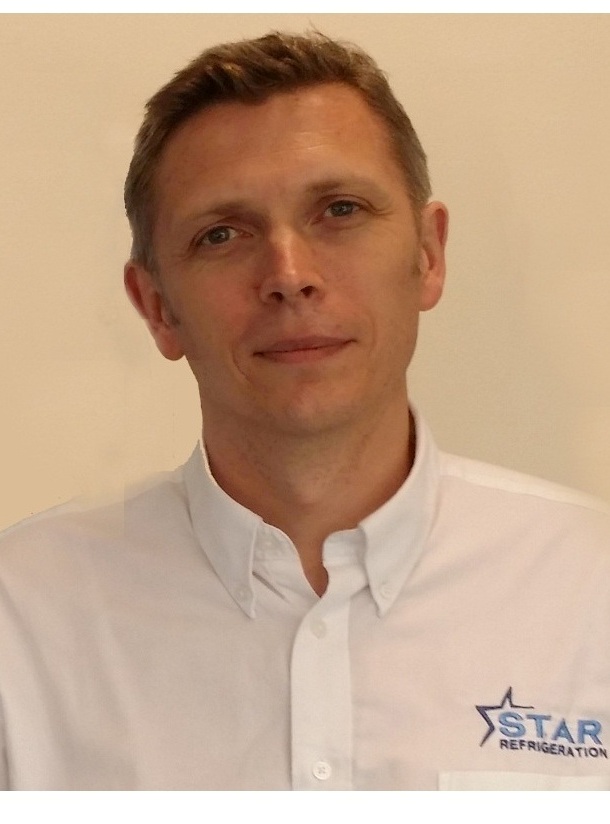 |
Dr Robert Lamb, UK,
Star Refrigeration Ltd
Marketing Director
"Low charge packaged ammonia refrigeration
systems" |
Main Topics of the Conference
Design
of modern ammonia (NH3) systems and technological innovation
Low charge ammonia technology; Small size ammonia systems; Factory-made
units;
Advanced design and testing methods;
Compatibility of ammonia with metals and new oils.
Design
of carbon dioxide (CO2) refrigeration and heat pump systems
Transcritical and subcritical operation;
Modifications of cycles to improve the energy efficiency;
Development of CO2 systems intended for hot climate;
Ejector as an expansion device.
New innovative components
Plate and “shell & plate” heat exchangers; DX evaporators;
Microchannel air-cooled condensers; Improved evaporative condensers;
Semi-hermetic and hermetic ammonia compressors;
High-pressure ammonia and CO2 compressors.
Energy efficiency of
ammonia and CO2 refrigerating systems
Advantages of ammonia and CO2 versus fluorocarbon-based systems;
New secondary coolants; CO2 as a secondary coolant;
NH3/CO2 cascade systems.
Applications of
ammonia and CO2 refrigeration
Cold stores, food and drink industries; Supermarkets; Air-conditioning
systems (liquid chillers);
Heat pumps (medium and high temperature heating).
Absorption machines
Modified absorption cycles; Trigeneration and district cooling.
Ammonia and CO2 systems
in developing countries
Modernisation, improvements, technical assistance, barriers.
Technical and safety
issues; Guidelines and training materials
Regulations on the construction and operation of ammonia and
CO2 refrigerating systems;
Education and training for: best practices, operating procedures,
handling and safe operation.
Public awareness of the
image and benefits of natural refrigerants
Crucial and sustainable contributions to a better environment;
Barriers to market penetration;
Current and future use of natural refrigerants; Montreal and
Kyoto Protocol, phase-down of HFCs.
|
|